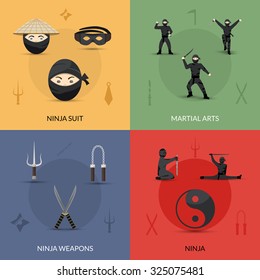The Advancement And Historical Context Of Martial Arts Worldwide
The Advancement And Historical Context Of Martial Arts Worldwide
Blog Article
Written By- martial arts or kickboxing have a remarkable background that covers centuries and continents. You might discover it interesting exactly how old practices like Shuai Jiao and Kalaripayattu laid the groundwork for modern-day fight methods. These techniques not only highlight physical abilities but likewise show the cultures that birthed them. As you discover their development, take into consideration just how globalization has transformed these conventional types into crossbreed styles. What impacts do you think have shaped today's martial arts landscape?
Ancient Martial arts: The Structures of Fight
As you look into the world of old martial arts, you'll find the abundant structures that formed battle techniques across cultures. Very early techniques concentrated on Self-Defense and survival, usually including strikes, hurting, and weaponry.
In ancient China, as an example, methods like Shuai Jiao stressed throws and joint locks, while India's Kalaripayattu showcased dexterity and fluid movement. Japanese samurai established Kenjutsu, a polished swordsmanship that highlighted technique and method.
These martial arts served not just for fight but likewise as a means of individual advancement, instilling values like regard and perseverance. https://www.healthline.com/health/fitness/adhd-and-sports blending of these strategies over time prepared for the varied martial arts you see today, each showing the one-of-a-kind ideologies and demands of its culture.
The Cultural Impact on Martial Arts Growth
While martial arts frequently reflect the sensible demands of a culture, they also symbolize the social worths and beliefs of their beginnings. When you check out various martial arts, you'll observe how they're affected by religious beliefs, philosophy, and social standards.
For instance, the emphasis on regard and self-control in Japanese martial arts comes from Zen Buddhism and samurai culture. On the other hand, Brazilian Jiu-Jitsu advertises adaptability and technique, shaped by the requirement for efficiency in a diverse, multicultural environment.
You may locate that the rituals, uniforms, and training techniques mirror a community's history and identification. By comprehending these cultural impacts, you grow your recognition of martial arts and their function fit human experiences around the world.
Modern Adaptations and the Globalization of Martial arts
Martial arts have actually transformed significantly in current decades, adjusting to contemporary society and international impacts. Suggested Webpage 'll discover that standard types have combined with contemporary methods, creating hybrid styles like mixed martial arts. These adaptations cater to diverse audiences, making martial arts obtainable and attractive around the world.
With the surge of social media sites and electronic systems, you can locate tutorials and competitors from all corners of the world, breaking geographical obstacles. This globalization has led to a common appreciation for numerous disciplines, from Brazilian Jiu-Jitsu to Taekwondo.
As you involve with these arts, you'll realize they're not nearly fight; they promote health and fitness, self-control, and mental well-being.
Eventually, modern-day adaptations have enhanced the martial arts landscape, making it a dynamic and advancing technique.
Final thought
In discovering the history and evolution of martial arts, you discover a remarkable blend of techniques, societies, and approaches. From old techniques like Shuai Jiao and Kalaripayattu to the contemporary flexibility seen in mixed martial arts, martial arts show humanity's mission for Self-Defense and personal growth. As you engage with these techniques, you not only gain abilities but likewise a deeper gratitude for the varied customs that shape our world today. So, continue your journey and welcome the art of battle!
